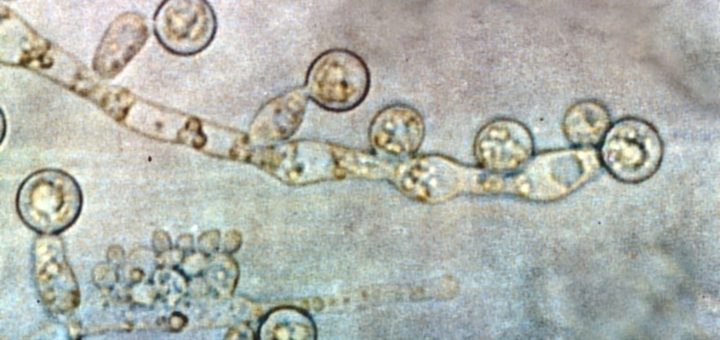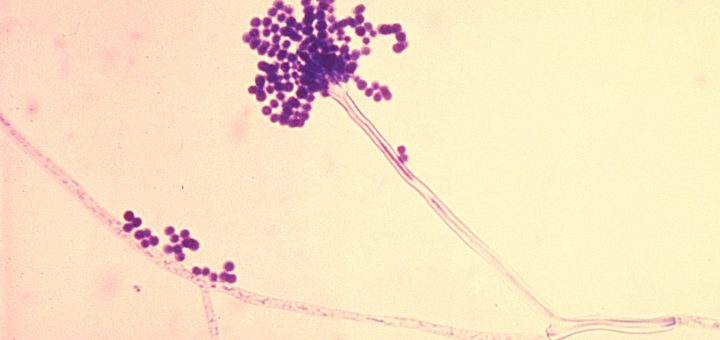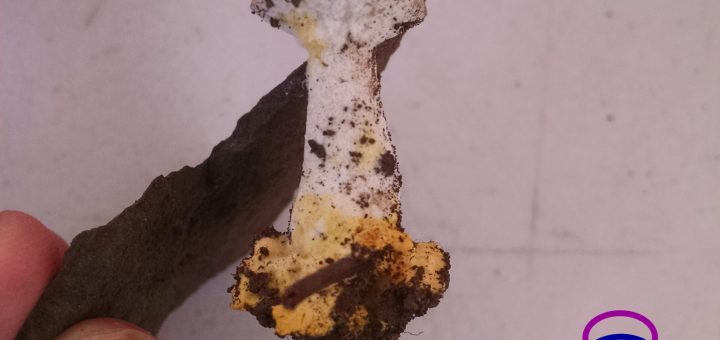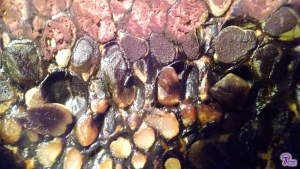#162: Candida albicans
In opportunistic fungal infections (FFF#161), fungi behave as they normally do, without drastically changing their cell structure or physiology. On the other hand, true fungal pathogens of animals can grow as both yeasts and hyphae. The fungus Candida albicans is somewhere in between these two groups. It normally inhabits healthy skin but can cause infection in people with a weakened immune system. In fact, it is one of the most virulent opportunistic pathogens. However, C. albicans can grow both as a yeast and as hyphae, making it morphologically more similar to true pathogenic fungi. C. albicans causes some of the most common fungal diseases, including: thrush, “yeast infections,” and invasive candidiasis.










![#011: Characteristics of Kingdom Fungi [Archived]](https://www.fungusfactfriday.com/wp-content/themes/hueman/assets/front/img/thumb-small-empty.png)

